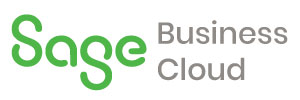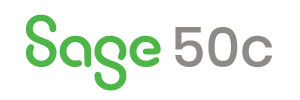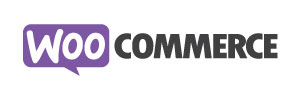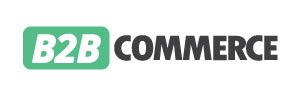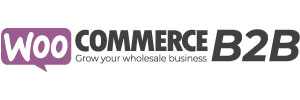Enterprise resource planning (ERP) software programs are typically an important part of a firm’s operations. Systems like Oracle, SAP, as well as Sage give companies a single remedy for handling different processes. They may supply a central place to manage information however they have their constraints as well as can be hard to make use of.
Despite this, many firms hesitate to change to new types of software application. The main factor is that there is a lot of technological debt that comes with relocating far from these platforms.
Those who want to hang on to Sage 200 must find a means to incorporate the system with contemporary business software program. This is essential as these options have the devices to develop the user experiences customers currently anticipate. ERPs and traditional software do not have these capacities.
In this article, we’ll take a look at the various techniques for Sage 200 eCommerce integration as well as the procedures it aids to enhance.
Different Approaches to Integration
The majority of Sage 200 are readily available using on-premise release or as a SaaS product. For on-premise implementations, you can utilize AWS Direct Connect or an additional network service for integration. This will permit you to establish a safe and secure VPN connection between your data center and your ecommerce service provider’s digital personal cloud (VPC).
For SaaS items, there are a variety of integration approaches:
GraphQL and SOAP integration
Sage 200 systems typically support GraphQL APIs. These APIs include inquiry, filter, type, as well as mutate capacities. You can utilize the APIs to easily incorporate with third-party applications.
Sage 200 likewise provides a straightforward item gain access to protocol (SOAP) user interface which can be utilized for bulk upload and also download of record sets.
Secure API authorization
Numerous ERPs utilize the OAuth2 framework to accredit connections to third-party integration. To enable the connection in between systems, you should produce a new application in the Sage 200 application registry. You after that set up consent for the API calls in between the ERP and shopping system.
Integration middleware
There are several ways to use middleware to connect the two systems. First, you can build a custom integration that meets business requirements using AWS SQS or EventBridge.
You also have the option to use an iPaaS solution currently in your environment.
Sage 200 and E-Commerce Processes
When you integrate your Sage 200 and e-commerce systems, you allow the communication of important data between both. This helps automate once manual processes. Without the demand to manually move information in between systems, companies can gain from greater performance as well as decreased errors.
Here are some of the processes that can be established with a Sage 200 and ecommerce integration:
Product and pricing sync
Product master information from the Sage 200 is immediately integrated with your backend shopping systems. With an item information manager, you can improve the data and also guarantee it is consistent throughout channels.
Inventory check
The Sage 200 manages tracking as well as predicting available item stock. Via integration, the shopping system can do real-time supply checks. Precise inventory is then displayed throughout the client experience.
Order fulfillment
Orders in the shopping system will certainly produce a pending order in the Sage 200. This remains in turn will activate the fulfillment operations within the Sage 200.
Shipments and pending invoices
The ecommerce system will pull essential information throughout the gratification workflow. This details is after that shown to the customer. Instances of information customers need accessibility to consist of:
- Delivery statuses
- Tracking information
- Pending invoices
- Resolved repayment standings
Using Headless APIs for a Seamless Integration
Modifying a style built with legacy software was when an unpleasant procedure. Fortunately, modern-day ecommerce software application plays well with integration. Provider like Fabric are API-first and microservices-based rather than monolithic. With this versatility, you can quickly integrate your e-commerce system with your current Sage 200.
Contact the Storehub.io sales team to book a consultation.


